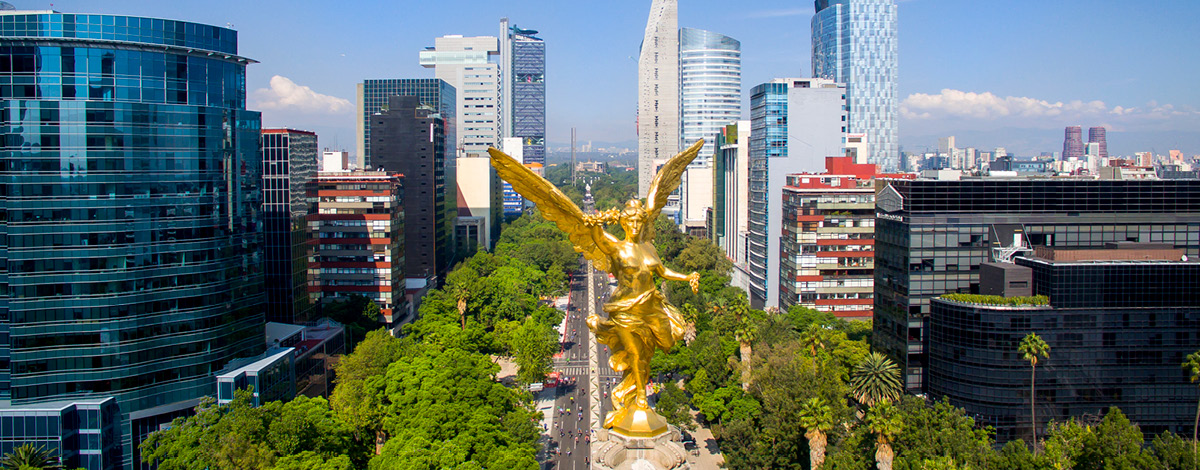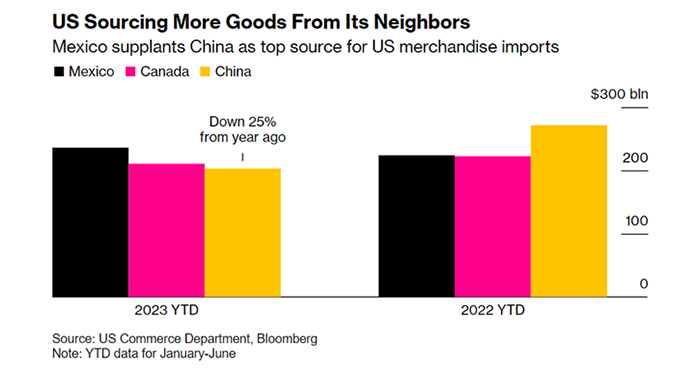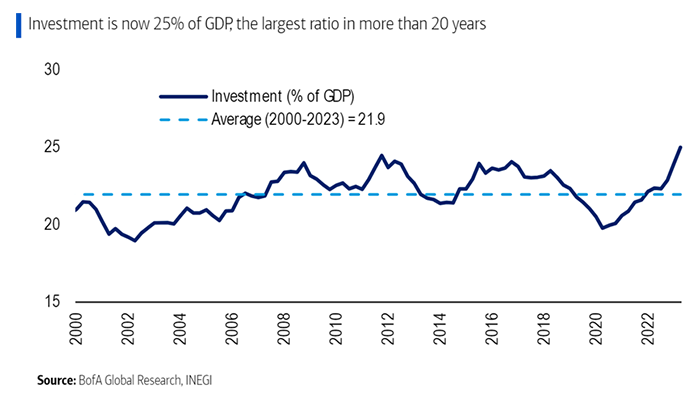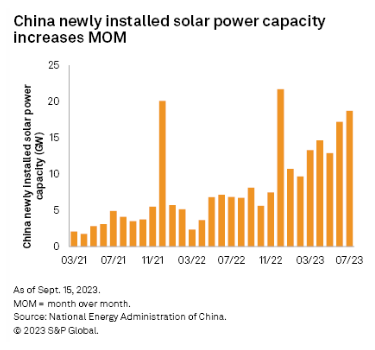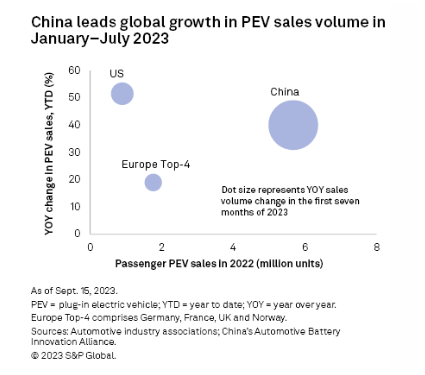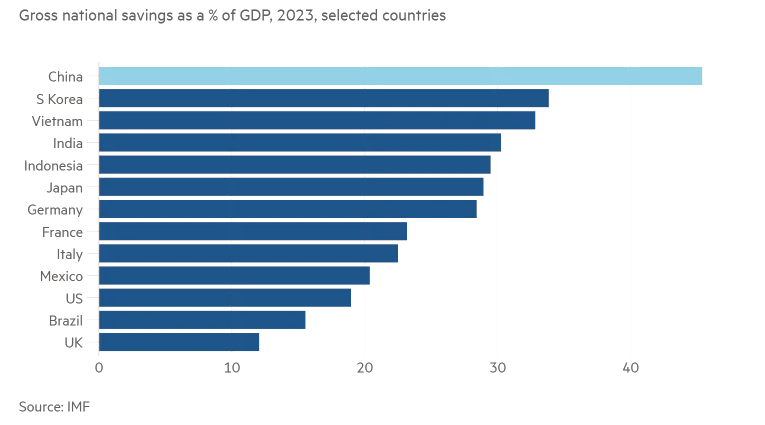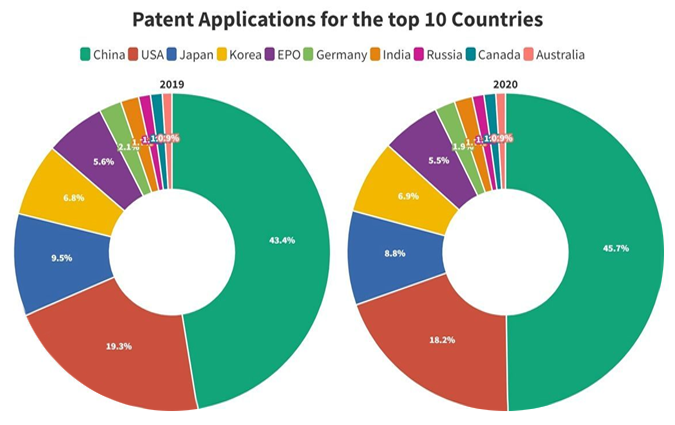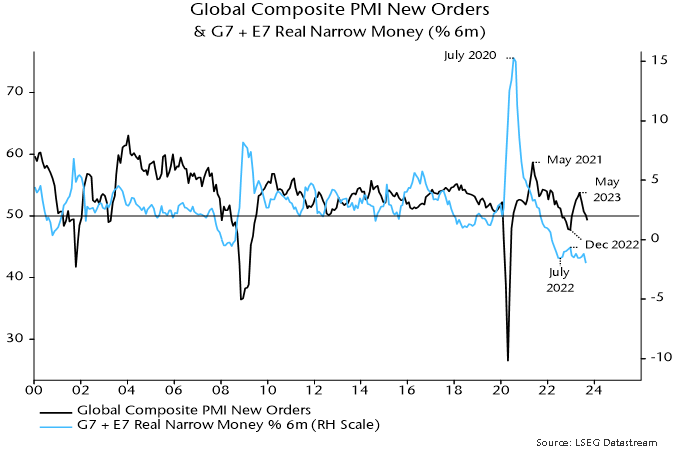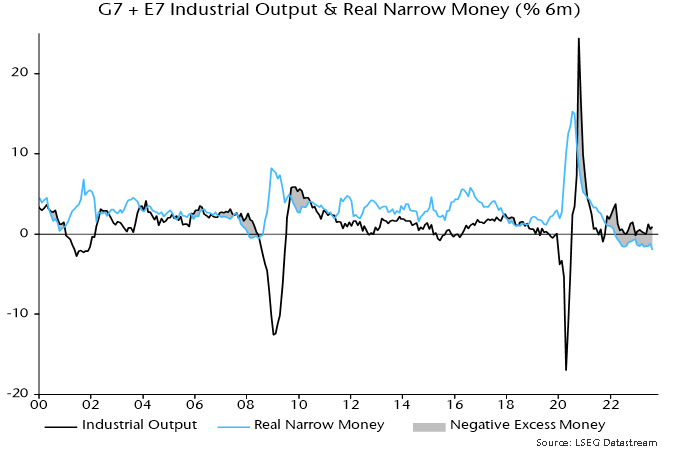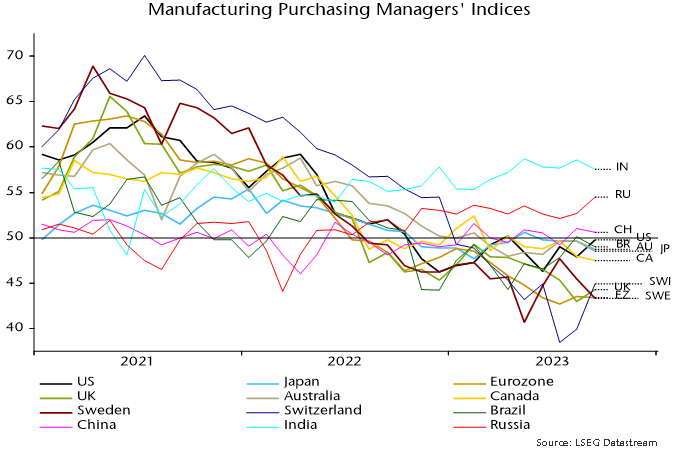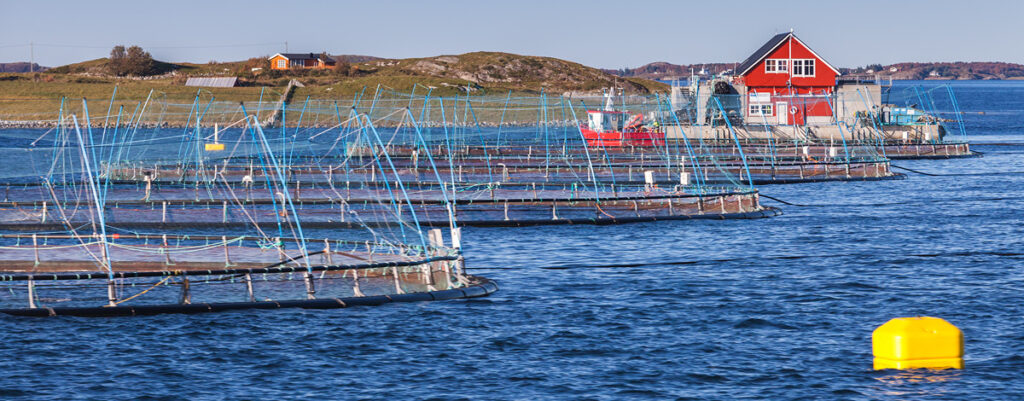
The US commercial real estate (CRE) sector is experiencing heightened concerns due to increasing interest rates and diminishing credit availability. In the third quarter, US banks faced challenges from the CRE loans in their portfolios. For instance, Morgan Stanley allocated an additional $134 million for credit losses, in addition to the $161 million provisioned in the previous quarter, attributing this to worsening conditions in the CRE sector. Bank of America saw its nonperforming loans surge by $707 million, reaching $4.8 billion in the third quarter, driven primarily by CRE.
While it might seem like the entire sector is facing turmoil, it is important to note that CRE includes a wide range of assets. Segments like industrial, retail and hotels remain relatively stable, whereas offices spaces are facing substantial difficulties.
JLL reports that the US office vacancy rate has soared to 21%, a peak not seen in over 25 years as of Q3 2023. The imbalance between supply and demand is reflected in the 18.3 million square feet of negative net absorption, contributing to an annual total occupancy loss of 51 million square feet, although the vacancy rate differs significantly between the high-quality segment of the office market and the more obsolete ones.
Furthermore, the Trepp CMBS Special Servicing Rates for offices, which tracks the share of loans at risk of default, surged to over 8%, the highest since May 2017. This increase suggests more challenges ahead.
The sector also faces a huge refinancing hurdle. From 2023 to 2025, nearly $1.36 trillion in CRE loans will mature, a quarter of which are collateralized by office properties. Even with prevailing rates, new lending rates are likely to be 3.5 to 4.5 percentage points higher than existing mortgages.
The combination of high vacancy rates and rising interest rates complicates refinancing efforts. Lenders and CMBS investors have significantly tightened underwriting standards, pushing the loan-to-value (LTV) ratio to around 53%, the lowest in 23 years, and well below the historical average of around 65%.
This shift and higher financing costs could devalue office properties by around 20% for prime buildings and over 60% for lower-quality ones. While public market valuations are resetting, the private market has been slower to respond. A narrowing valuation gap between these markets is expected as risks persist.
The increase in office landlords defaulting on loans is concerning, with some properties falling below their mortgage values, prompting landlords to surrender properties to lenders. Even leading office owners like Pacific Investment Management Co. and Brookfield defaulted on their mortgages earlier this year. Most landlords have managed to maintain their mortgages due to typically long-term office leases, but as more mortgages come up for renewal, we expect an increase in defaults.
The typical capital structure in CRE is around 30% to 40% equity and 60% to 70% debt, with banks owning around 60% of the loans. Therefore, there is concern that the challenges in the CRE, especially the office sector, may trigger another banking crisis.
The basic problem is an oversupply of office space. Solutions like converting office spaces to residential use are being discussed, but only 10% to 15% of US offices are suitable for residential conversion. Government support may be necessary to incentivize and facilitate these conversions. Cities like Boston, New York, Washington DC, Chicago, Portland, Los Angeles and the Bay Area have already started incentivizing office conversions since the pandemic.
In our portfolios, we hold a few positions with exposure to commercial real estate:
IWG, which we talked about in a recent commentary, is the world’s largest provider of workspace solutions. While the growth outlook for traditional offices is in question, demand for flexible workspace has been growing, driven by the structural growth in flexible and hybrid working. Higher vacancy rates at office buildings also allow IWG to negotiate better lease terms with landlords. With a major competitor WeWork fading out of the landscape, IWG is well-positioned to expand its network.
Savills, established in 1855, is a leading global real estate advisor with expertise in various segments including residential, office, industrial, retail, leisure, healthcare, rural and hotel property, and mixed-use development schemes. Its revenue is diversified, with 40% from transaction advisory (30% commercial, 10% residential), and 60% from stable segments like investment management and property management. Despite a decline in transaction advisory business in the first half of the year, revenue growth in property management has kept its business relatively stable. Savills generates over 85% of its revenue from the UK, Asia Pacific, Continental Europe and the Middle East, with less than 15% from North America. Office occupancy rates are higher in Asia Pacific (79%) and Europe (75%) compared to the Americas (50%), suggesting less distress in these regions. Savills has a strong balance sheet to weather the current turbulent times.
The hotel sector, while hit hard during the pandemic, is recovering faster than offices. With international borders reopening and a surge in travel demand, hotel occupancies, especially in cities like London, New York and Tokyo, are improving and contributing to a strong investment outlook supported by fundamental performance.
Melia Hotels, a major holding in our strategies, is seeing strong bookings and improvements in occupancies and RevPAR. The company operates 350 hotels, with nearly 92,000 rooms globally. Despite its quality assets, it is trading at a significant discount to its net asset value, but increasing transaction volumes in the industry at higher multiples may reduce this discount.
We recently initiated a position in Hoshino Resorts REITs (HRR). Sponsored by Hoshino Resort, HRR has an extensive hotel portfolio, including upscale resorts and city hotels. Its flagship hotels managed by Hoshino Resorts show a strong recovery, with RevPAR 20% above pre-pandemic levels.
Despite ongoing challenges in the CRE industry, we believe the resilient business models and strong balance sheets of the companies in our portfolios will help them navigate these difficulties.
